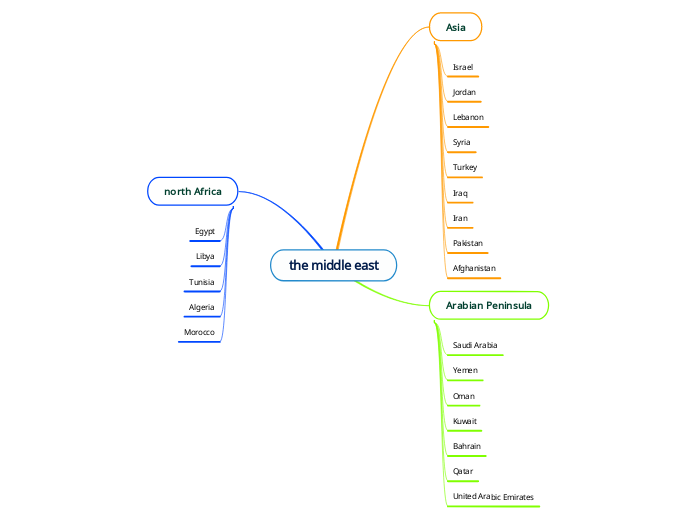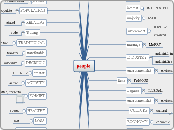por Tia Lambert hace 11 años
871
Learning about the Gingerbread Man
Gingerbread is a versatile baked sweet that can take various forms, including cakes, cookies, and house-shaped confections. This treat is often flavored with ginger, cinnamon, cloves, nutmeg, cardamom, and anise, and sweetened with ingredients like brown sugar, molasses, corn syrup, or honey.









